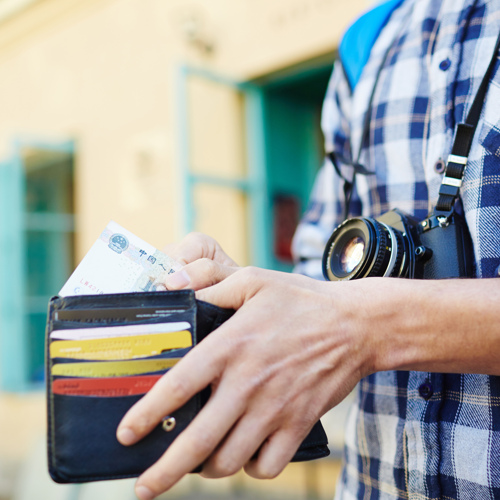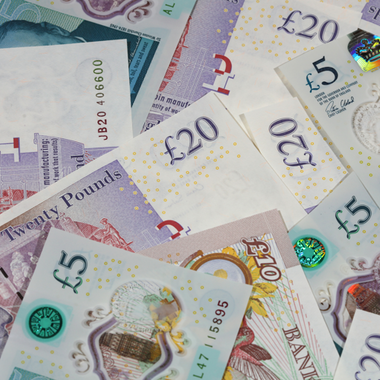
- Five minutes read
Lost in Transaction Brazil: Consumer payments trends 2022
With booming eCommerce, high smartphone adoption, and the Central Bank driving initiatives to promote financial inclusion, payment methods such as instant bank transfer Pix are seeing huge uptake.
eCommerce opportunity in a progressive APM market
eCommerce is flourishing in Brazil. It accounts for the largest slice of the market in Latin America, generating 30 percent of eCommerce revenue in the region in 2021. Smartphone adoption is high too. In 2020, it stood at 84 percent compared to the Latin America average of 72 percent. And it’s forecast to grow to 88 percent by 2025. Transactions through mobile devices make up a big portion of Brazil’s eCommerce sales, with US$18 billion generated in 2020 – estimated to nearly double to US$34 billion by 2024.
The banked population is substantial compared to the rest of the region. A little over 70 percent of the 215.3 million people in Brazil have a bank account, making it the third-most banked country in Latin America. It’s notable that alternative payments methods (APMs) are actively promoted by the Central Bank of Brazil, which has been the case since the 1990s when it launched Boleto Bancário, a bank ticket or barcode system. This approach has helped drive inclusion and ensure people who don’t have access to financial products such as debit cards, credit cards and bank accounts are able to make financial transactions with ease. Bank transfers are an increasingly attractive APM for Brazilians, offering convenience and security of transactions.
Traditional payments remain popular…
In April 2022, we conducted a Lost in Transaction survey of 1,000 consumers in Brazil, also covering Chile, Peru and respondents across North America and Europe, the Middle East and Africa (EMEA). The responses showed a strong and increasing use of credit cards in Brazil, with 67% of people saying they’d used a credit card for online purchases in the last month. This is significantly higher than the Latin America average of 54% in answer to the same question, as well as higher than debit card use in the past month at 57%.
Additionally, 47% use credit cards more frequently now compared to a year ago – also higher than the Latin America total (36%), Peru (31%), and Chile (29%). This could in part be due to the availability of instalment options through credit cards, and the long tradition of this type of payment in Brazil. The buy-now, pay later concept – relatively new in EMEA and North America – has been established in the consumer mind for decades here, and has a big impact on people’s choice of payment method. In addition, many credit card providers in Brazil offer loyalty schemes that have historically been popular, with consumers accruing points that they can then spend on air travel.
…But APMs are fast on the rise with Pix instant payments paving the way
While the more traditional methods such as credit and debit cards continue to dominate, the promotion and adoption of simpler, more inclusive options is rising. As we’ve mentioned already, the Central Bank has proven progressive over the years in facilitating APMs, and continues to do so. At the end of 2020, it launched Pix – a type of instant bank transfer – which has seen exceptional uptake in a short space of time. In 2021, 58.4 million people received money and more than 53 million people sent money using Pix.
This is echoed in our survey results. When asked which payment methods they’d used in the past month to pay for online purchases, 42% said they’d used a bank transfer. This is highest figure for bank transfers of the Latin American countries we surveyed – 32% for Peru and 41% for Chile – and a lot higher than North America at 19%.
Further, 34% of consumers said they use bank transfers more frequently now than a year ago, and 28% use bank transfers about the same amount compared to this time last year. This makes it the most popular APM overall – coming in above digital wallets at 31%. And, again, third only to debit cards at 40% and credit cards at 47%.
APMs have also seen a boost in uptake due to the rising cost of living. Of the 61% who said they’d changed their choice of payment method for online purchases as a result, 46% said they used bank transfers more frequently, followed by digital wallets at 43% and eCash at 29%. In this context, we can surmise that the changes in consumers’ payments habits are due to the lower costs associated with these APMs.
Security is a significant driver of online transaction behaviour
On the whole, Brazilians’ outlook on security is in line with responses across Latin America, with 47% citing security as the most important concern when choosing how to pay for online purchases. Sharing personal and financial information is also a sticking point: 64% don’t feel comfortable entering their financial data online. And consumers’ perceptions regarding the levels of risk in transacting online is acute and growing, with 76% being more worried about online payment fraud today than they were a year ago.
That being said, there’s no overwhelming call to increase security measures: 41% of respondents in Brazil would be happy to keep the current balance between security and convenience. And just 23% say they’d accept as many security measures as necessary, even if it involves additional steps – only slightly higher than the Latin America total of 21%, Chile at 20% and Peru at 19%.
A good year for Pix as eCommerce continues to rise
While credit cards remain extremely popular, there’s an established and enthusiastic use of APMs, supported by the Central Bank through the introduction of new ways to pay like Pix.
Payments methods such as bank transfers are being increasingly used due to their simplicity, low cost, and convenience, but also because of their security – a factor that’s highlighted in our survey as being important to consumers when it comes to online payments. With Brazil’s extensive and rapidly growing eCommerce market, providing options for payments methods that tick all these boxes should be a priority for merchants.




